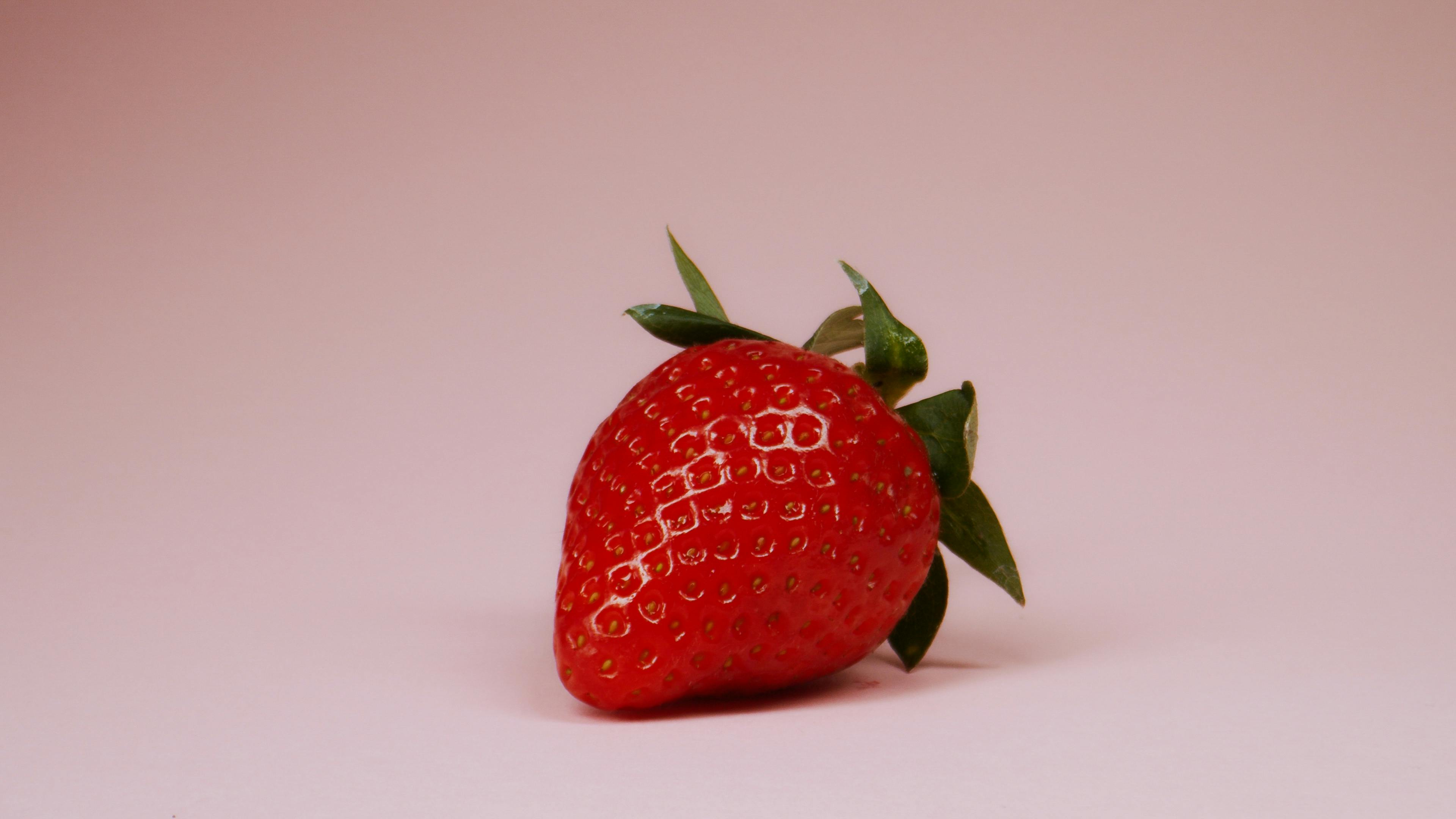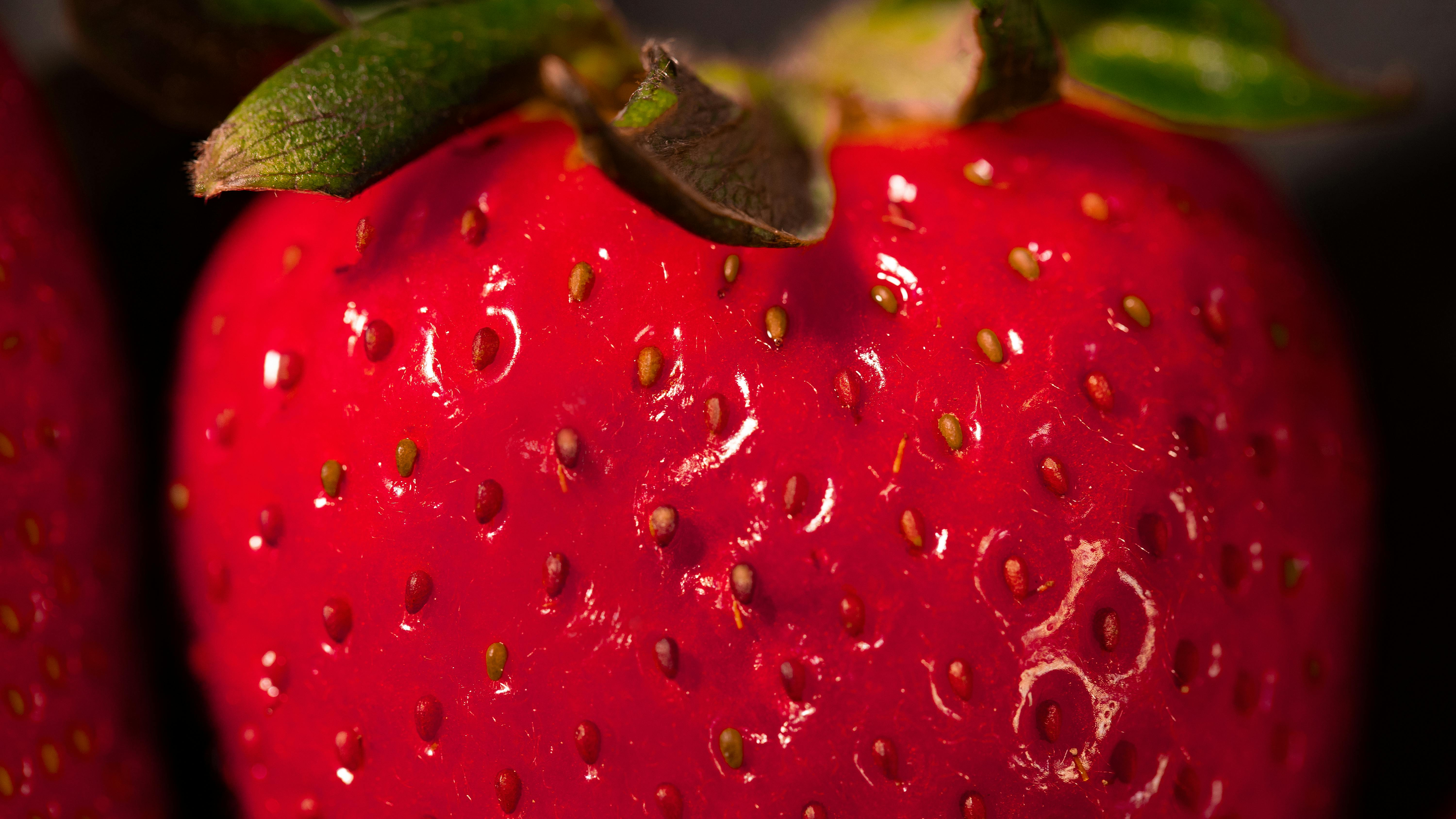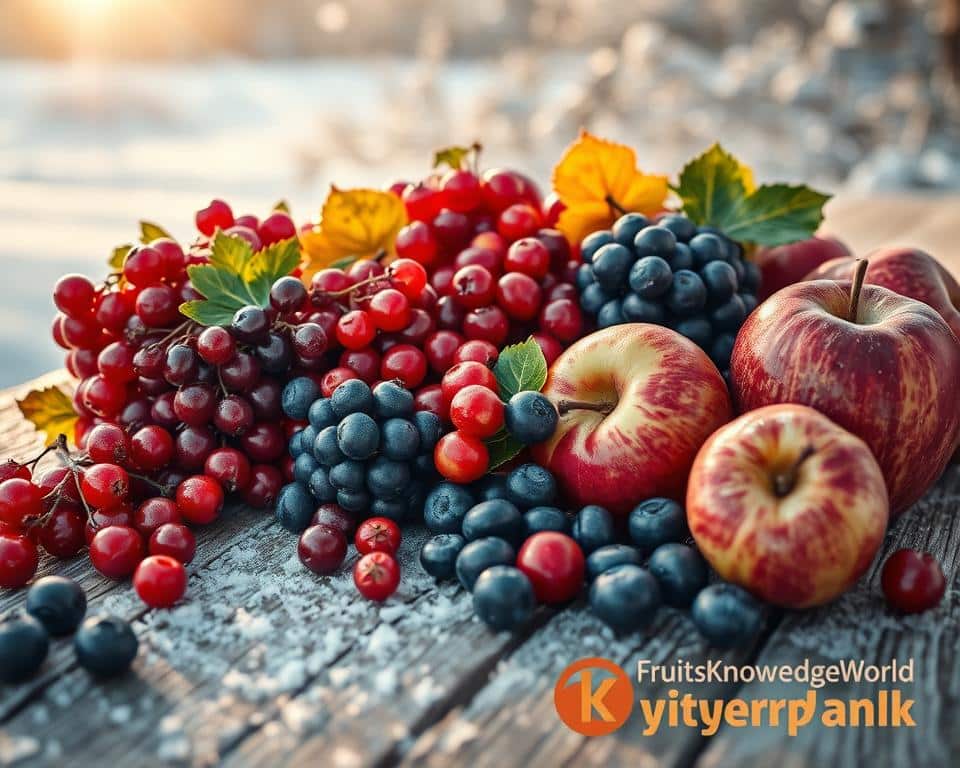Strawberry plants are a popular choice for home gardeners, as they are easy to grow and provide delicious fruit. One question many people have when starting their own strawberry patch is how long it will take for the seeds to sprout. Knowing the timeline of germination can help gardeners plan when to start their plants and when to expect new growth. This article will provide an overview of the expected time it takes for strawberry seeds to sprout.The time it takes for strawberry seeds to sprout can be affected by a number of different factors. These include the type of soil the seeds are planted in, the temperature and humidity of the air, the amount of sunlight they receive, and how much moisture is present in the soil. Additionally, if the conditions are not optimal for germination, the seed may need to be pre-treated before planting. The age of the seed can also affect how long it takes for strawberry seeds to sprout. Freshly harvested seeds tend to sprout faster than older ones that have been stored for several months or longer.
Preparing Strawberry Seeds for Sprouting
Sprouting strawberry seeds is a great way to enjoy fresh fruits in your home garden. Whether you’re growing these sweet berries for a snack or to add flavor to salads, you’ll need to prepare the seeds first. Here are some tips on how to prepare strawberry seeds for sprouting.
First, you’ll need to gather your supplies. You’ll need strawberry seeds, paper towels, a shallow dish or plate, and warm water. It’s also a good idea to have some plastic wrap or a damp cloth handy.
Once you have everything ready, it’s time to start preparing the strawberry seeds for sprouting. Start by soaking the seeds in warm water overnight or for at least 8 hours. This will help soften the outer coating of the seed and make it easier for them to germinate when planted in soil.
After soaking the seeds overnight, place them on the paper towel and use your fingers to rub off any remaining pulp from the outer layer of the seed coat. Be sure not to damage or break up any of the delicate parts of the seed during this process as it could interfere with germination later on.
Once all of the pulp has been removed from the seed coat, rinse them off under running water before placing them in a shallow dish or plate. Cover with plastic wrap or a damp cloth and leave in a warm place until they begin to sprout – this usually takes between five and seven days depending on conditions such as temperature and humidity levels in your home environment.
When sprouts emerge from your strawberry seeds, they are ready for planting in soil where they will continue to grow into delicious fruit-bearing plants that can be enjoyed throughout summer!
What Do Newly Sprouted Strawberry Seeds Look Like?
Newly sprouted strawberry seeds tend to be small, round, and white in color. They are usually about the size of a pinhead and have a smooth surface. The newly sprouted seedling can have two small leaves on it that look like crescents or half moons. As the seedling grows, the leaves will become more jagged in appearance and may also start to turn green. As time passes, the seedling will continue to grow and eventually develop into a full-grown strawberry plant.
The roots of newly sprouted strawberry seeds can be very delicate and should be handled carefully. The roots are usually white in color and may look like thin hairs coming out of the seed. It is important to keep the roots moist during this stage of development as they are very fragile and can dry out easily if not given enough water. It is also important to make sure that the soil has adequate drainage so that water does not pool around the roots or cause them to rot.
When caring for newly sprouted strawberry seeds, it is important to keep them in an area with plenty of sunlight but away from direct sunlight as this can damage the delicate leaves of the seedling. It is also important to make sure that they have access to plenty of moisture as well as nutrients from fertilizer or compost if available. With proper care, these tiny seeds will quickly develop into strong, healthy plants that you can enjoy for many years!
When Is The Best Time To Plant Strawberry Seeds?
Strawberry seeds should be planted in the early spring, as soon as the soil can be worked. This will give them plenty of time to establish their root system before the temperatures become too hot. Planting strawberry seeds in late winter or early spring will also ensure that they get adequate moisture. If planting in containers, they should be put out in the sun as soon as possible for best results.
For those located in colder regions, it is best to wait until temperatures reach at least 50°F (10°C) before planting the strawberry seeds. In areas with mild winters, strawberry seeds can be planted a bit earlier, usually around January or February. Be sure to check your local climate and soil conditions to ensure that you are planting at the right time for your area.
When planting strawberry seeds, it is important to choose a location with well-drained soil and plenty of sunlight. Make sure to prepare the soil by loosening it up and adding compost or other organic material to help improve drainage and aeration. Plant your seeds about ½ inch (1 cm) deep and keep them consistently moist until they have sprouted and grown large enough to transplant into their permanent location.
Once the plants are established, you can begin harvesting ripe strawberries within a few weeks or months depending on your climate and variety of strawberry plant. Whether you are growing strawberries from seeds or from transplants, they should be an abundant source of sweet treats for many seasons!
How To Plant Strawberry Seeds Correctly?
Planting strawberry seeds correctly is essential for growing a healthy and productive strawberry crop. Knowing the correct steps to take when planting your seeds will ensure that you have a successful harvest. First, you need to start with a clean seed bed. This means that you should remove any weeds or debris from the area where you plan on planting the seeds. You should then use a tiller or spade to loosen the soil and create an even surface. This will help ensure that your strawberry plants receive adequate sunlight and nutrients when they begin to grow.
Next, it is important to prepare the soil for planting the strawberry seeds. Before planting, you should mix in compost or aged manure into the soil at least 8 inches deep so that your plants will have access to all of the necessary nutrients they need for growth. Additionally, it is best to water your seed bed before sowing your strawberry seeds so that they can germinate more quickly and evenly.
Once your seed bed is prepared, it’s time to plant the strawberry seeds! Plant each seed about ½ an inch deep in the soil and space them about 2-3 inches apart from each other so that they have room to grow as they mature. It can be helpful to mark out where you have planted each seed so that you can easily identify them later on as they begin to sprout. Lastly, cover each row of plants with straw mulch or other organic material to help keep moisture in the soil and reduce weeds from growing around them.
Following these steps should ensure that you plant your strawberry seeds correctly and reap a bountiful harvest come summertime! With proper care and maintenance, your plants should thrive and provide delicious strawberries for many years to come!

How Long Does It Take For Newly Planted Strawberry Seeds To Sprout?
Strawberry seeds typically take between 5 to 21 days to sprout, depending on the variety and the growing conditions. Generally, cold-weather varieties take longer to germinate than warm-weather varieties. The germination rate of strawberry seeds is also affected by soil temperature and moisture levels. For optimal germination, the soil should be kept at a temperature between 60 and 70°F (15.5-21°C) and be kept consistently moist but not overly wet.
In addition to providing the right environment for germination, it is important to use fresh strawberry seeds for planting. Old seeds will take longer to sprout or may not sprout at all. Once planted, it is important to keep an eye on the area where the strawberry seeds were planted and make sure they remain moist as they begin to sprout. Once the seedlings emerge, they need plenty of light and should be thinned out so that only one or two plants per pot are left as they mature.
With proper care, newly planted strawberry seeds should begin germinating within a few weeks and can produce their first crop of fruit within a few months after planting. Even after harvesting their first crop of berries in the summertime, strawberry plants will continue producing fruit for up to three years if well cared for.
Overall, with good soil preparation, proper planting, and sufficient care, strawberries can provide gardeners with abundant harvests of delicious fruit for many years!
Water and Sunlight for Strawberry Seedlings
Strawberry seedlings need both water and sunlight to support healthy growth. For optimal growth, strawberry seedlings should receive at least one to two inches of water per week. Watering should be done in the morning, when the soil is still moist from dew, or it can be done in the evening. However, it is important to avoid over-watering as this can cause root rot and other diseases.
In addition to water, strawberry seedlings need direct sunlight for at least six hours a day. If grown indoors, place the plants near a south-facing window in order to receive enough sunlight. Placing the plants outdoors during warm, sunny days will also help them get enough sunlight. It is important to remember that too much direct sunlight can damage the plants, so be sure to provide some shade on hot summer days or during periods of intense sun exposure.
How Long Does It Take For Strawberry Seedlings To Produce Fruit?
Strawberry seedlings typically take at least a full season before they can produce fruit. Depending on the type of strawberry and the climate, it can take anywhere from 8 to 11 months from planting the seedlings to harvesting fully ripe strawberries. The warmer the climate, the faster strawberries will ripen.
When planting strawberry seedlings, it is important to select plants that are well-suited for your region and climate. If you live in a cold climate, look for everbearing varieties that will produce fruit several times throughout the season rather than just one large crop. If you live in a warm climate, day-neutral varieties are usually best as they have better heat tolerance and will fruit longer into the season.
Once planted, strawberry seedlings need plenty of sunshine and regular watering to thrive. During their first year they should be fertilized with a low nitrogen fertilizer to encourage healthy leaf growth and discourage too much fruiting during their first season. Once your plants become established, you can switch to a high phosphorus fertilizer which will help encourage more blooms and therefore more fruits.
The amount of time it takes for your strawberries to start producing fruit will depend on when you plant them during the season and how well you care for them throughout their growth period. With proper care, most strawberry seedlings should begin producing fruits within 8-11 months of planting them in the garden or containers.
Harvesting your own homegrown strawberries is an incredibly rewarding experience that can be enjoyed for many years if done right!

Conclusion
Strawberry seeds take approximately 3 to 6 weeks to germinate and sprout. However, the process of germination can be sped up by pre-soaking the seeds in water for 12 hours prior to planting them. The soil should also be kept moist throughout the germination period, and it is best to plant them in a sunny location. Once the sprouts emerge, they can be transplanted into larger containers or directly into the garden. With proper care and attention, you will have a plentiful harvest of delicious strawberries in no time!
In conclusion, strawberry seeds can take anywhere from 3 to 6 weeks to sprout depending on various factors such as soil temperature, moisture levels, and pre-soaking duration. While it may seem like a long wait, having patience and following the necessary steps for successful germination will ensure you have plenty of sweet berries come harvest time!



